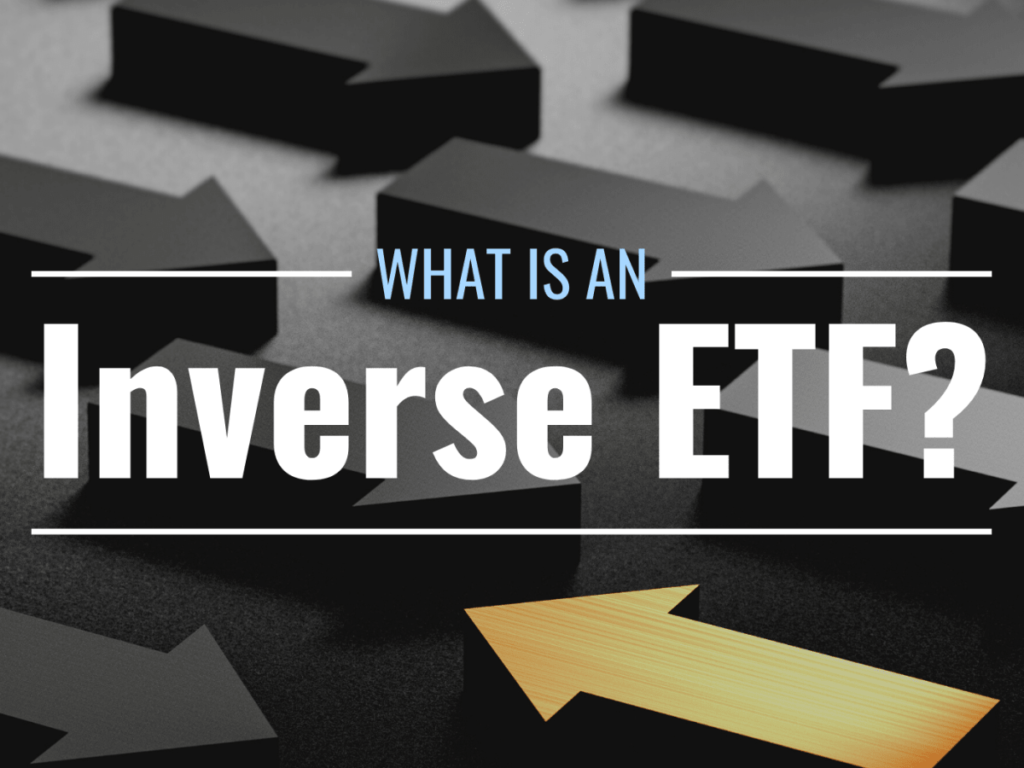Exchange-Traded Funds (ETFs) have become a popular investment tool for individuals and institutions alike. Among them, inverse ETFs are gaining attention, especially for those looking to profit from market declines. But what exactly are inverse ETFs, and how do they work?
What is an Inverse ETF?
An inverse ETF is a type of ETF designed to move in the opposite direction of a specific index or asset. In simple terms, if the value of the index or asset decreases, the inverse ETF’s value increases, and vice versa. These ETFs aim to provide a way for investors to make money when markets or specific assets are falling, without needing to short-sell individual stocks.
How Do Inverse ETFs Work?
Inverse ETFs use financial instruments like derivatives (futures, options, or swaps) to achieve their goal. These instruments help the fund replicate the opposite performance of an underlying asset. For example, if the S&P 500 index falls by 1%, an inverse ETF designed to track the S&P 500 will rise by approximately 1%.
Some inverse ETFs are designed to provide multiple times the inverse of the index’s daily performance, such as -2x or -3x. These are known as leveraged inverse ETFs. However, leverage increases both potential gains and losses, making them riskier and more suitable for short-term traders rather than long-term investors.
Why Invest in Inverse ETFs?
- Hedging: Investors use them to protect against market downturns.
- Short-term Speculation: Traders may use inverse ETFs to capitalize on short-term declines in specific sectors or markets. These ETFs are popular among people who believe a market or sector will fall but don’t want to deal with the complexities of short selling.
- Simplicity: Inverse ETFs offer an easier way to profit from a market downturn without needing to directly short individual stocks or assets.
Example of Inverse ETFs:
Let’s consider an example of the ProShares Short S&P 500 ETF (SH). This is an inverse ETF that seeks to deliver the opposite of the daily performance of the S&P 500 index. If the S&P 500 falls by 1% in a day, SH would rise by about 1%. On the other hand, if the S&P 500 rises by 1%, SH would drop by about 1%.
Now, let’s say you’re expecting a market downturn and want to hedge against potential losses in your portfolio. You could buy shares of an inverse ETF like SH. If the S&P 500 drops, your SH shares would increase in value, helping to offset the losses in your other investments.
Risks of Inverse ETFs:
While inverse ETFs can offer great opportunities, they come with risks. Since they rely on derivatives, their performance can be unpredictable, and they may not perfectly mirror the opposite of their target asset over long periods. Additionally, these ETFs often use leverage, which amplifies both potential profits and losses.
Conclusion:
Inverse ETFs offer a way for investors to capitalize on market downturns. They also require careful attention and a clear understanding of how they work. Always make sure to do thorough research and understand the risks before using these products in your investment strategy.
– Ketaki Dandekar (Team Arthology)
Read more about Inverse ETF here – https://www.investopedia.com/inverse.asp
